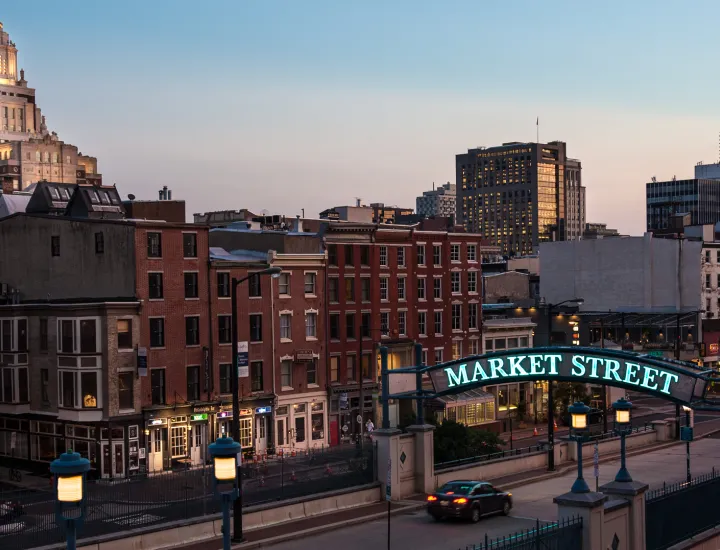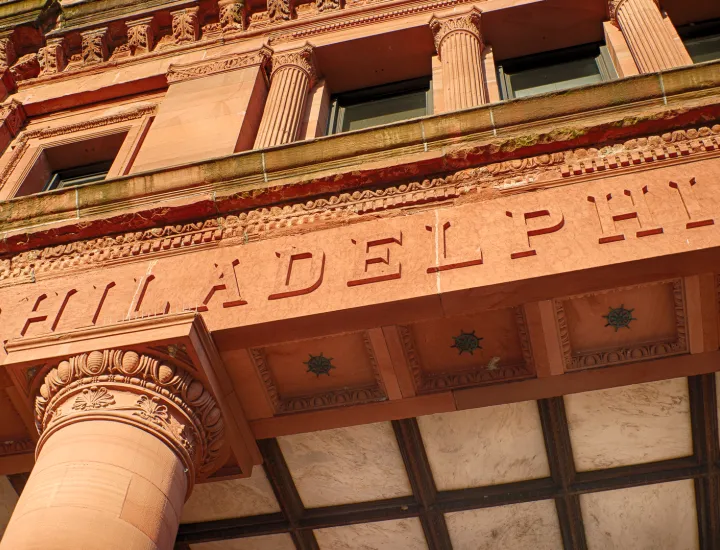Market Street Transformation Mobility Study
View Project Updates from the City of Philadelphia
For updates about the project, city resources, and more, please visit the City of Philadelphia's website. Construction work is anticipated to begin in 2024. The project is expected to be completed in time for celebrations of the country’s 250th birthday in 2026.
View Project Updates from the City of Philadelphia
Background
The below slides were presented at a public meeting held by Old City District on December 11th, 2017 at Independence Visitor Center, at which the District shared the results of its recently completed Market Street Transformation Mobility Study. The presentation was made by Job Itzkowitz, OCD’s Executive Director, and Jonas Maciunas, Principal of JVM Studio, who led the study. This presentation is meant to serve as a supplement to the full Mobility Study document and traffic analysis completed by NV5, Inc.
The Market Street Transformation Mobility Study is a next step of Old City Vision2026, which was adopted by the District’s board in December 2015 as a framework for supporting and managing economic development in Old City in line with nine identified community values. The presentation is organized into six sections, including Recommended Design and Analysis. As the presentation was made with significant verbal exposition, which is not communicated with the slides, alone, it bears clarifying that the slides within this section include both recommendations and conditional options that may be pursued if deemed necessary and viable in future phases of planning, analysis, and design (please also note that the below presentation is a PDF version of a Power Point presentation, and as such certain visuals may not appear as originally intended).
The Market Street Transformation Mobility Study concludes that a road diet to create protected bike lanes on Market Street is feasible with marginal negative impact on vehicular level of service and substantial improvement to bicyclist level of traffic stress. Further, the Study provides traffic flow conditions and conceptual design for a shared space plaza at 2nd and Market Streets, referred to as Tamanend Square, which may consider the options noted below to be implemented.
Specifically, the study identifies means for proactively reducing the amount of motor traffic passing through the intersection of 2nd and Market Streets and maintaining a more acceptable level of vehicular service in the shared space plaza condition. City traffic engineers may conclude that the diminished level of service is acceptable, that the efficiency of shared space can overcome the congestion predicted by modeling a signal-controlled intersection, or that traffic volume will continue to fall and thereby solve itself. Rehabilitating the Belgian block road surface on the 100 block of Chestnut Street and converting Arch Street to two-way travel are presented as options for reducing volume at 2nd and Market if the above conclusions are deemed insufficient, not conclusive recommendations of the study.
Market Street Transformation Mobility Study
Full public presentation from December 11th, 2017

